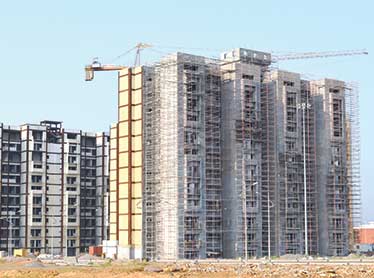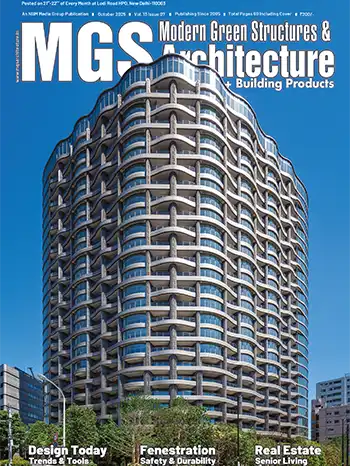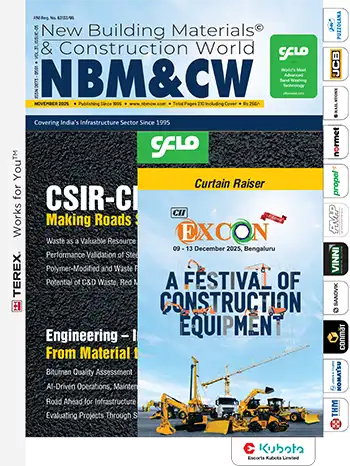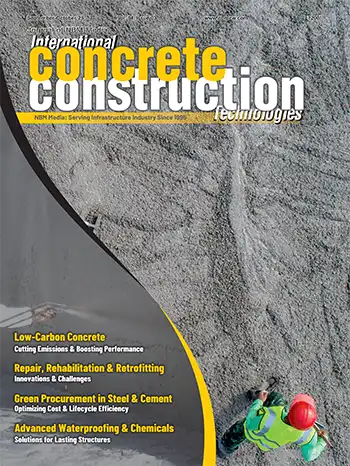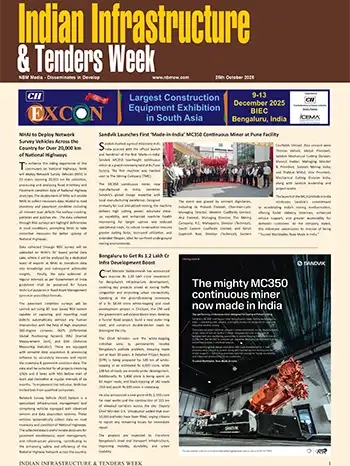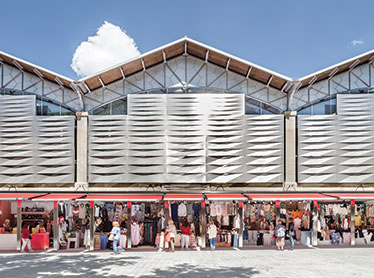
El Ninot Market, Barcelona, Spain
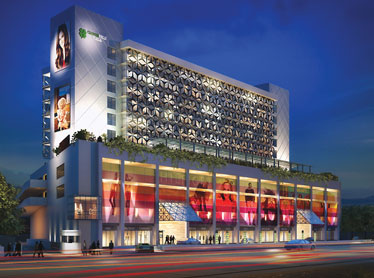
Clover Hills Plaza, Pune
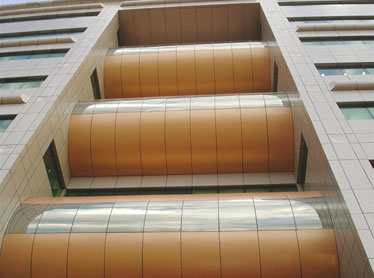
ETL BPO Park at Perungudi, Chennai
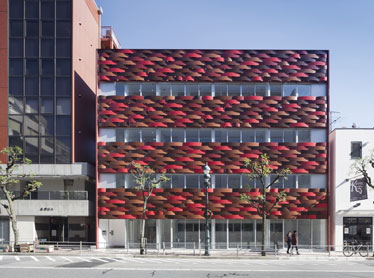
Woven Façade- Red aluminum creates a woven texture across the facade of Tokyo office block.
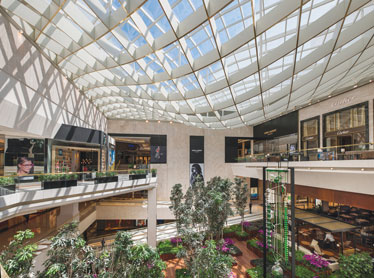
Iguatemi Plaza Project, São Paulo, Brazil

‘Hyperions’ – An Eco-friendly Vertical Village in Delhi
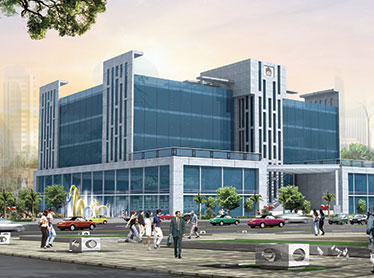
Eros Business Centre, Gurgaon
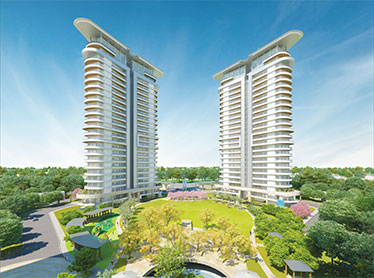
Serenity, Gurgaon Redefines Luxury and Grand Lifestyle
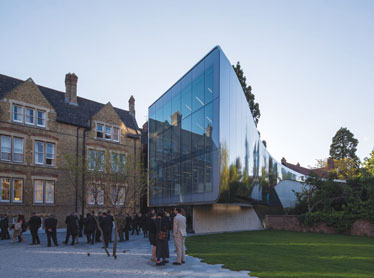
The Investcorp Building for Oxford University’s Middle East Centre, U.K.
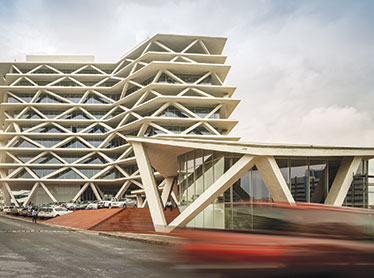
One Airport Square Ghana
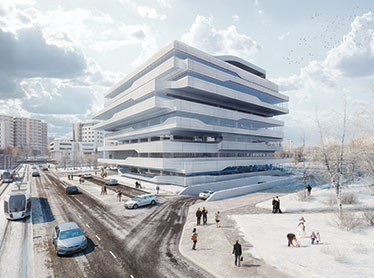
Dominion Office Building Moscow, Russia
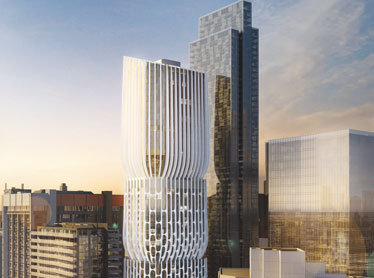
Stacked Skyscraper for Melbourne
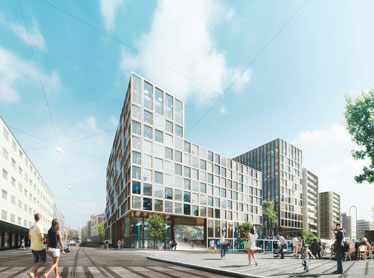
schmidt hammer lassen architects wins Mixed-use Project in Central Oslo
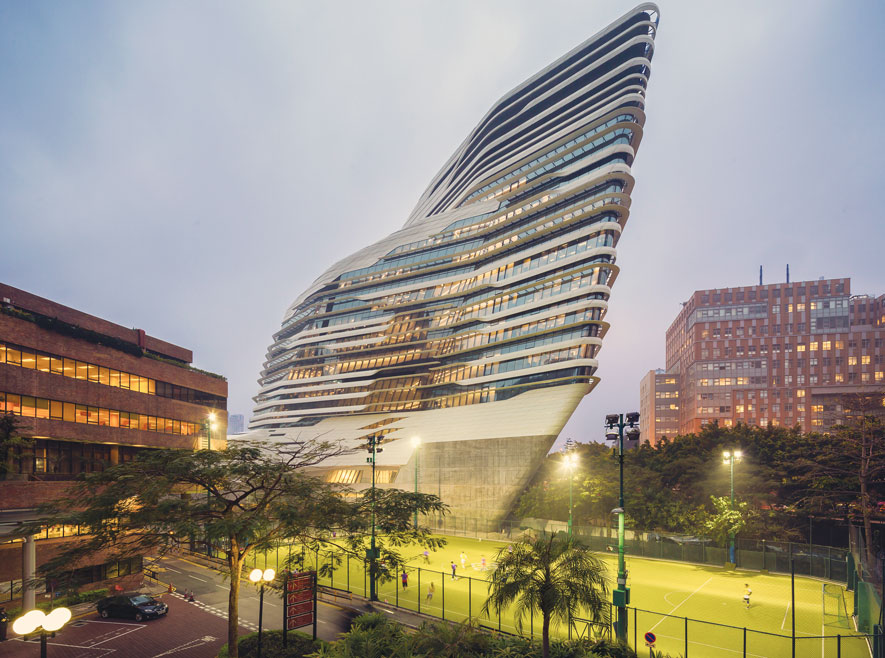
The Jockey Club Innovation Tower Hong Kong
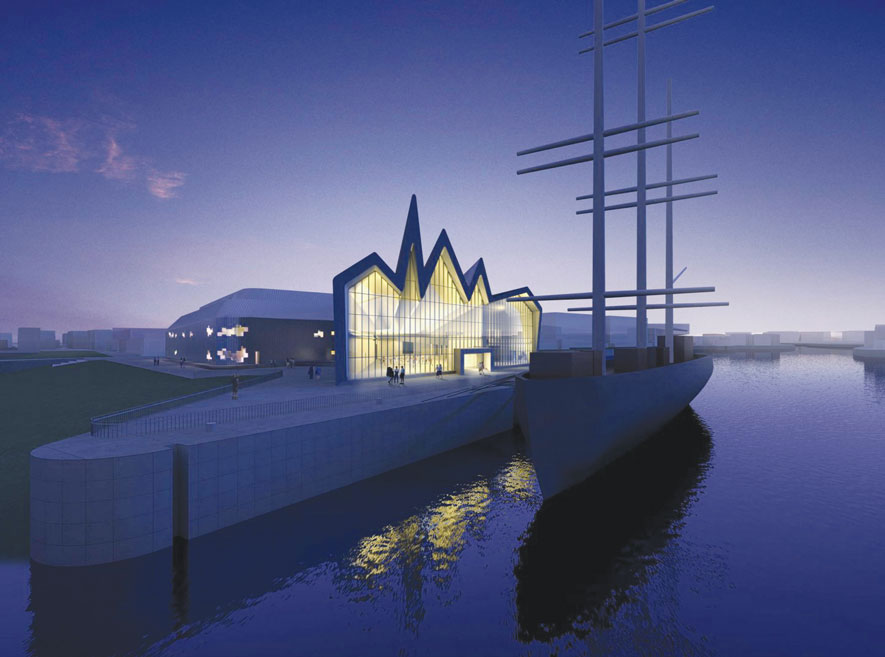
Riverside Museum, Glasgow, Scotland
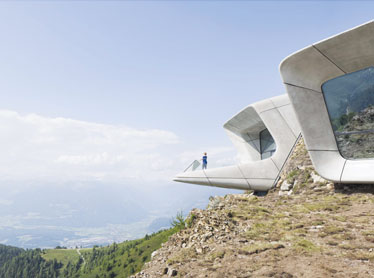
Messner Mountain museum corones, Italy
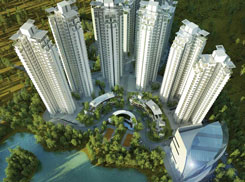
Crescent by the Lake, Oragadam, Chennai
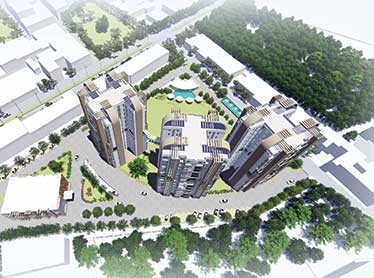
Sky-Park Apartments Lucknow

The Extempore, South Bank London
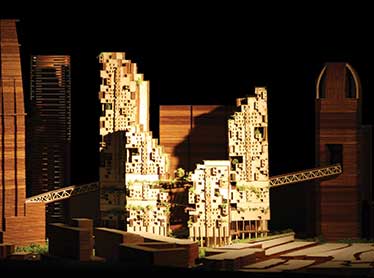
Sports in the Sky Towers Singapore
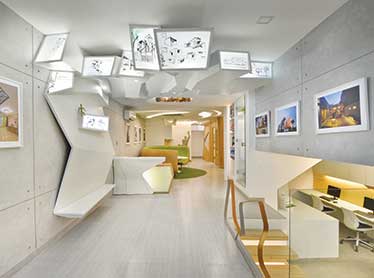
A Workplace to Enjoy

Sachdeva Farmhouse- The Spectacular Design
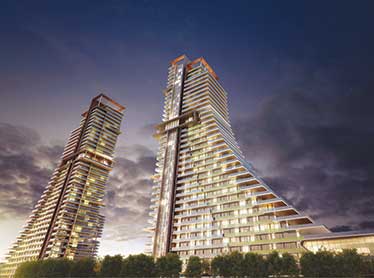
Amanora Gateway Towers- A Grandeur Indulgence
